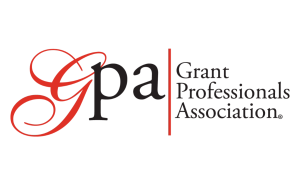After two years of turmoil, pandemic, and reckoning, some funders are asking new questions. They want to know whether their grants will contribute to a better new normal, and whether the nonprofits they fund are resilient enough to withstand the blows of the past two years and the insecurity of the future.
But if guidelines don’t ask those questions, does that mean you should not address them? “Follow directions. Answer the questions you’re asked. Those rules have been sacrosanct for proposal writers,” according to Barbara Floersch, grants expert and author of You Have a Hammer: Building Grant Proposals for Social Change. “But business as usual is out the door. A grant proposal who doesn’t address the new reality leaves big, looming questions unanswered.”
Begin by taking a hard look at your organization and assessing its reactions to the myriad challenges and changes afoot. Be ruthlessly honest. Examine both strengths and weaknesses and chart a new course in areas where it’s lagging. Here are three area to consider:
Pandemic Service Pivots: If the pandemic required pivots in service provision, define those changes. Centers for Disease Control and Prevention (CDC) guidelines might have reduced the capacity of your shelter. School closures could have changed your tutoring services. Funders know the pandemic had a sweeping impact on services. The question is how your organization responded to challenges in committed, creative ways. Craft a truthful, informative statement and include it in the proposal section that addresses services and activities.
Justice, Equity, Diversity, and Inclusion (JEDI): Some funders ask nonprofits to explain how staff and board members reflect the community. Some ask about applicants’ JEDI policies and procedures. If your organization is lagging in this area, lay out a plan and get moving.
Fully integrating JEDI into services, personnel, leadership, and policies is not a quick add-on. It’s an intentional, well-considered upgrading of an organization’s climate and culture. The question is where your organization stands in this process and what it intends to accomplish within a set timeframe. Include this information in the section of the proposal that addresses personnel and leadership.
Sustainability: Nonprofits have been hit hard in the past two years and there’s concern that many won’t survive. If your organization is reeling, define the causes and impact and explain your plan for moving forward. The question is whether your organization has the commitment, resiliency, and community support to weather the storm. Answer this question in the proposal section that addresses your organization’s credibility.
Addressing these hot-button questions sends the message that your organization is self-aware, committed to progress, and can serve as a dynamic partner in building a better new normal.










